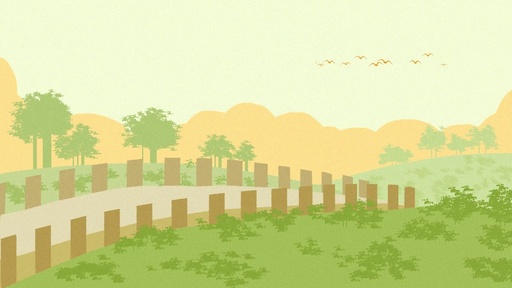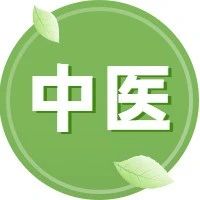Understanding the Yin Deficiency Constitution in Spring
As the temperature begins to rise and the essence of spring becomes more apparent, individuals with a constitution of Yin Deficiency (Yin Xu) may start to feel discomfort. Today, we will discuss how those with a Yin Deficiency constitution can maintain their health during spring. So, what exactly is Yin Deficiency? In Traditional Chinese Medicine … Read more










